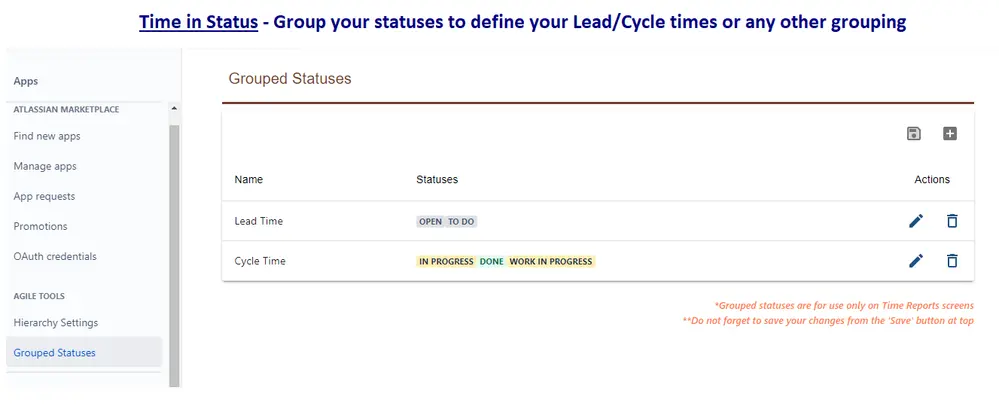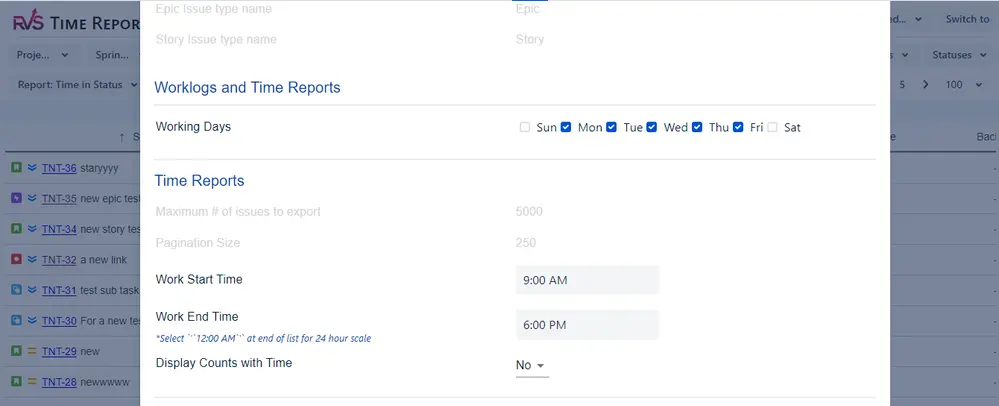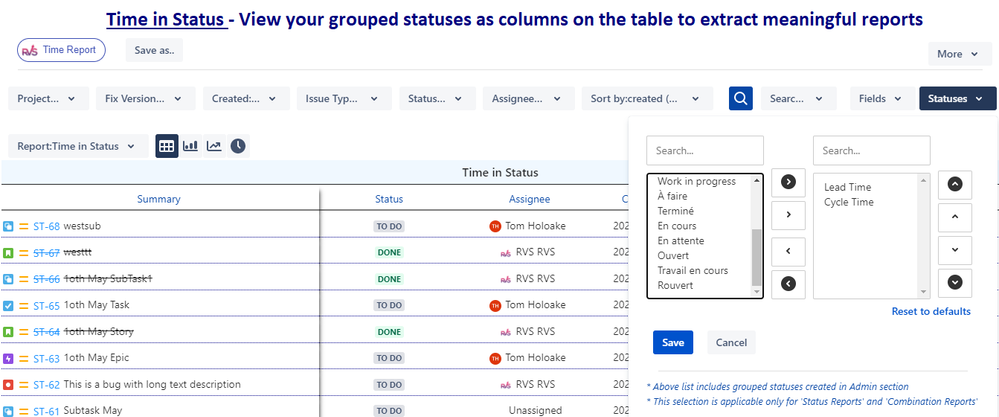
Turn around time refers to the total time taken to complete a specific task or process from start to finish. It is commonly used to describe the time required to fulfill a customer order, deliver a service, or complete a production cycle.
Turn around time refers to the total time taken to complete a specific task or process from start to finish. It is commonly used to describe the time required to fulfill a customer order, deliver a service, or complete a production cycle. In simpler terms, turnaround time is how long it takes to "turn around" a request, job, or project.
The term is widely used across different sectors, including manufacturing, healthcare, logistics, software development, customer service, and many others. While the exact definition of turnaround time may vary depending on the industry, it always refers to the time elapsed from the initiation of a request or task to its completion or delivery.
For example:
The significance of turnaround time lies in its direct impact on business operations, customer experience, and financial outcomes. Whether a business deals with physical goods or digital services, improving TAT is often synonymous with improving efficiency, productivity, and profitability. Here are some of the reasons why turnaround time is so crucial:
Turn around time can be measured using this formula:
Turnaround Time (TAT) = End Time - Start Time
Example: If a product takes 3 days from the moment a customer places an order until it's delivered, the TAT is 3 days.
Businesses track this time using tracking systems, data collection tools, or project management software like Asana, JIRA, or Trello.
Reducing turnaround time is a continuous effort that requires a combination of strategic planning, process optimization, and technology adoption. Below are some strategies that can help businesses optimize turnaround time:
Consider a hospital facing challenges in its patient diagnostics turnaround time. A delay in getting test results could delay treatment for serious illnesses.
Action Taken: The hospital mapped its lab workflows, implemented new technologies to process lab results faster, and provided staff training.
Result: The hospital reduced turnaround time by 30%, enabling faster treatment and improving patient outcomes.
At RVS, our tool, Time In Status Reports provides a robust functionalities to help you monitor and optimize your workflows.
Navigate to the Grouped statuses Settings in your Jira instance.
Grouped statuses allow you to categorize multiple statuses into broader groups. This helps in simplifying the tracking of issues as they transition through various phases.
To configure these groups:

Once you have defined your groups, another setting you need to do is define the working days/time of your team. TIS Reports allows you to set the same.
On the app page, click on “More -> Settings” and set the working days and time in “Time Reports” section

With the setting configured, project managers can then analyze the data:

For more information, visit here and get a 30 days free trial for Time in Status Reports by RVS now.
Turnaround time is a vital performance metric that allows organizations to measure efficiency, reduce costs, and improve customer satisfaction. Understanding the factors influencing TAT and implementing strategies for optimization can foster operational growth and agility across industries.
September 17, 2025
Jira's Time in Status report by RVS is a powerful tool that helps teams analyze workflow efficiency, identify bottlenecks, and optimize processes. Here are some real-world use cases
Read MoreSeptember 10, 2025
Managing project timelines and ensuring timely delivery is a crucial aspect of any project. Measuring the status transition duration in Jira helps you track how long an issue spends in each stage of its lifecycle. You can use different methods to measure this, depending on your Jira setup and available tools.
Read MoreAugust 13, 2025
Aren’t all the businesses that are working on various projects willing to invest their time! Investing time in the right direction is the key to good project management, and analysing and managing this correctly is an intrinsic quality of a good project manager.
Read More